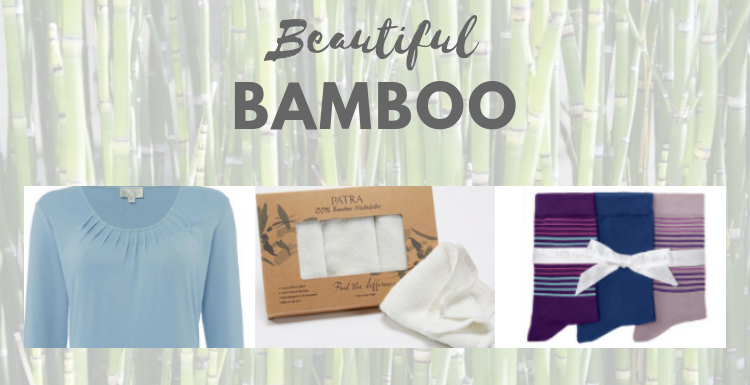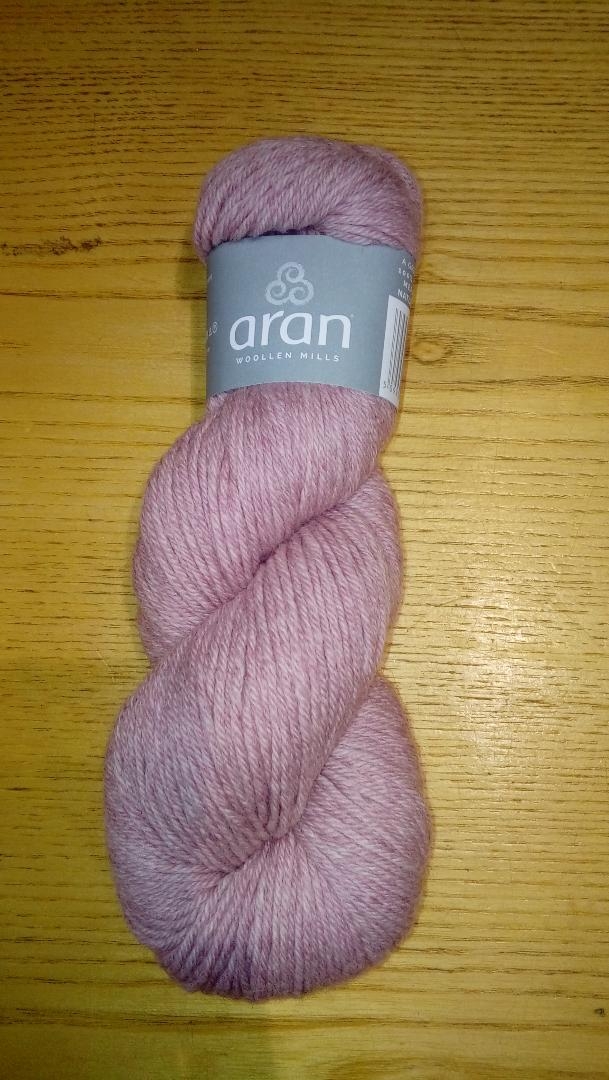Top Bamboo Clothing Tips
Wiki Article
What Are The Reasons Wool Baselayers Made Of Yak And Merino Beneficial In Winter Sports Clothes Due To Their Fiber Properties And Sustainability For The Environment?
Renewable and sustainable Yak Merino's wool base layer is extremely effective for winter sportswear, not just due to its performance well but also due to its natural fiber benefits.
Yak wool and merino fibers are both natural fibers. These renewable resources can be harvested without causing harm to animals. They can be biodegradable, without harming the ecosystem.
Low Environmental Impact
Natural fibers tend to have a lower environmental impact than synthetics. The process of harvesting and cultivating wool involve fewer chemical processes and are more reliant on resources that are not renewable compared with synthetic fibers.
Energy Efficiency
The production of synthetic fibres such as nylon or polyester requires more energy. The manufacturing of natural wool uses less energy and reduces carbon emission.
Minimized Microplastic Pollution
In contrast to synthetic fibers, which shed microplastics in washing, natural wool fibers don't cause microplastic pollution in water bodies.
The Longevity & Recyclability of Plastics
Yak Merino Wool clothing tends to last for a long time and are durable. lasting, which can extend their life expectancy. Wool fibers are also recyclable or repurposed to lessen pollution and waste. environment.
Sustainable Practices
Certain producers and manufacturers of wool adhere to ethical and sustainable practices. They make sure to ensure the health and welfare of their animals, good management of their land and fair working conditions for their employees.
Environmental Certification-
Certifications like the Responsible Wool Standard and the Global Organic Textile Standard verify the ethically and environmentally sustainable practices used to produce wool. This gives consumers assurance about sustainability.
Base layers made of Yak merino are usually eco-friendly since they are sourced from natural and renewable sources. They also have little environmental impact in production and use ethical and sustainable supply chains. Choosing natural fibers like yak merino wool to make winter sport clothing supports environmentally friendly and responsible consumption practices. Check out the top rated merino wool base layer for more examples including merino wool thermals women's, merino wool leggings mens, merino base layer cycling, merino undershirt, smartwool long sleeve, first lite merino wool base layer, merino thermals, ski base layer womens, wool base layer mens, omniwool base layer and more.

What Are Some Advantages Of Wearing Bamboo Clothes In Terms Of Softness, Antibacterial Properties, Durability And Renewability?
Bamboo clothing comes with many benefits in terms of durability and softness.
Bamboo fabric's silky smooth texture is frequently compared to luxurious materials such as silk or cashmere. It is soft and smooth against the skin. This makes it a pleasant and comfortable material to wear.
Antibacterial Properties-
Bamboo has natural antimicrobial properties. Bamboo contains "bamboo-kun," an naturally present antimicrobial substance. This ingredient helps to stop the growth of bacteria that cause odor and fungi that can be found on fabric, keeping it fresher over longer periods and decreasing the requirement for frequent washing.
Durability-
The strength of bamboo fibers is that they are tough and durable, despite their softness. Bamboo clothing is resistant to normal wear, which makes it ideal for a variety of activities without compromising quality.
Renewability-
Rapid Growth - Bamboo grows very quickly and without the need for pesticides. It can be harvested within only a few years, and has a low environmental impact.
Sustainability-
Bamboo is an eco-friendly product. It is a natural material that has minimal environmental impact. Bamboo is sustainable because of its rapid growth rate, the fact that it needs very little water, and also because it can be grown in a range of climates.
Biodegradability-
Natural Breakdown - Bamboo clothing is biodegradable, meaning it will degrade naturally at the end of its lifespan. This feature reduces waste that is not biodegradable in landfills. Additionally, it helps reduce the impact of pollution.
Hypoallergenic Qualities
More Comfortable- Bamboo fabric is less likely to cause skin irritations or allergic reactions compared to some synthetic materials, which makes it a suitable choice for individuals with sensitive skin.
Bamboo clothing appeals to people who want ecologically friendly practical, comfortable clothing. These qualities are conducive to a comfortable wearing experience and also in line with environmentally mindful practices. See the most popular bamboo clothings advice for site advice including bamboo athletic wear, cheapest bamboo pajamas, bamboo tee shirts mens, bamboo ladies pants, bamboo polo shirts, ladies bamboo t shirts, bamboo sweatshirt, bamboo twirl dress, bamboo fishing shirts, sustainable bamboo clothing and more.

What Are The Differences Between Bamboo, Merino And Wool Clothing In Terms Of Texture, Warmth And Absorption?
Compare the texture, warmth and moisture absorption of bamboo, merino and traditional wool clothing.
Merino Wool Merino Wool, sometimes referred to as fine-fibered Wool is well-known for its more supple texture and soft fibers. It is frequently regarded as more comfortable to the skin.
Bamboo Clothing Bamboo fabric is smooth and silky. It's often compared with high-end materials like silk or Cashmere. Bamboo clothing has a delicate and soft feel that makes it comfortable to wear.
Traditional Wool: Traditional wool can vary in texture; some varieties may be more coarse and more prone to causing discomfort or itching when compared with bamboo clothing or merino.
Warmth-
Merino Wolle Merino fibers are great insulators and give warmth. It holds its heat even if it is wet. This makes it an excellent insulation material in cold weather.
Bamboo Clothing - Bamboo clothing is warm, but it does not have the same insulation level like merino. But, it manages body temperature well, providing comfort in various conditions.
Traditional Wool- Similar to the wool of merino traditional wool offers warmth and insulation. However, it may appear heavier or bulkier when than bamboo or merino clothing.
Moisture Absorption-
Merino Wool - Merino Wool has excellent properties for wicking moisture, allowing it to drain away from your skin and evaporate. It stays warm even when it is damp.
Bamboo Clothing - Bamboo fabric has properties that help to wick moisture away, which allows it to draw away moisture from your skin, and offer ease of exercise. Bamboo clothing regulates moisture effectively, keeping the wearer dry.
Traditional Wool- While wool can absorb moisture, it may not possess the same properties for wicking moisture like bamboo or merino wool fabric. Some types of sheep's wool can feel heavy and damp after being wet.
Summary The Merino Wool fabric is renowned for being soft, warm, and having excellent moisture-wicking qualities. Bamboo clothing provides a silky and smooth texture, sufficient warmth, and excellent moisture regulation. Traditional wool is diverse in texture and can give warmth and absorption of moisture however, it can feel heavier or coarser compared to bamboo or merino clothes. Each type of material has its own characteristics that are suited to various clothing preferences and needs. See the best funny post on merino winter clothing for more info including omniwool base layer, sweaty betty ski base layer, ski layers, airblaster merino ninja suit, terramar merino woolskins, spyder baselayer, best ski underlayers, smart wool baselayer, ski thermal underwear, ski base layer mens and more.
